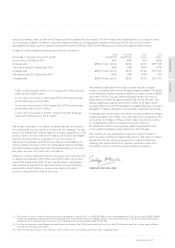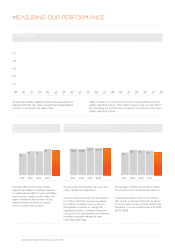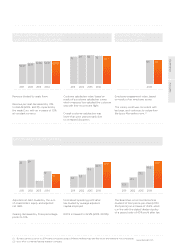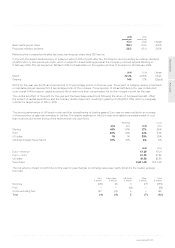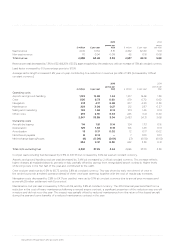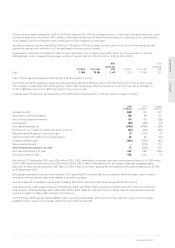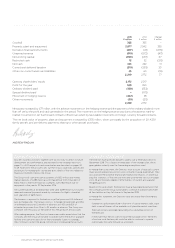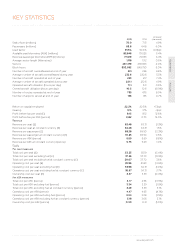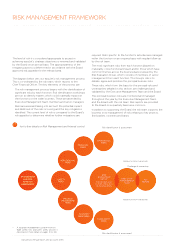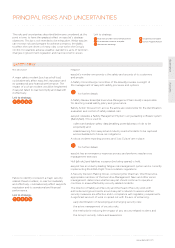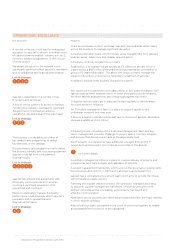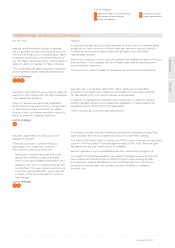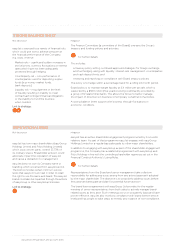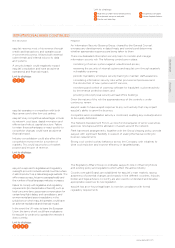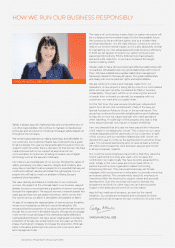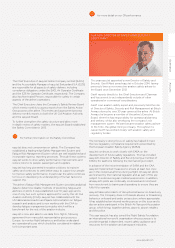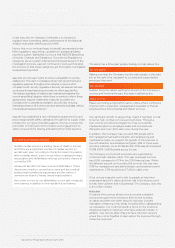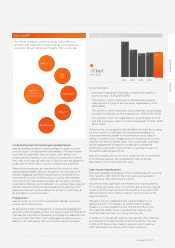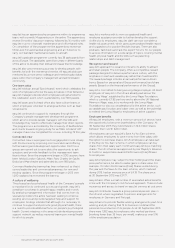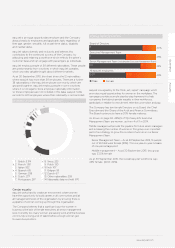EasyJet 2015 Annual Report Download - page 29
Download and view the complete annual report
Please find page 29 of the 2015 EasyJet annual report below. You can navigate through the pages in the report by either clicking on the pages listed below, or by using the keyword search tool below to find specific information within the annual report.
Strategic report Governance Accounts
www.easyJet.com
Principal risks and uncertainties
S T
1
2
3
5
4
Link to strategy:
Build strong number 1 and 2 network positions
Maintain cost advantage
Drive demand, conversion and yields Culture, People & Platform
Disciplined use of capital
The risks and uncertainties described below are considered, at this
point in time, to have the greatest effect on easyJet's strategic
objectives. This list is not intended to be exhaustive. Whilst easyJet
can monitor risks and prepare for adverse scenarios, the ability
to affect the core drivers of many risks is not within the Group's
control, for example adverse weather, pandemics, acts of terrorism,
changes in government regulation and macroeconomic issues.
Risk description Mitigation
Major safety incident
A major safety incident (such as a hull loss)
could adversely affect easyJet's reputation and
its operational and financial performance. The
impact of such an incident would be heightened
if easyJet failed to react promptly and deal with
it effectively.
Link to strategy:
1 2 3 4 5
easyJet's number one priority is the safety and security of its customers
and people.
A Safety Committee (a committee of the Board) provides oversight of
the management of easyJet's safety processes and systems
Turn to pages: 52-53
for further details
A Safety Review Board (at Executive Management Team level) is responsible
for directing overall safety policy and governance.
Safety Action Groups from across the airline are responsible for the identification,
evaluation and control of safety-related risks.
easyJet operates a Safety Management System using a leading software system
(SafetyNet). This is used to:
• collect and analyse safety data (enabling potential areas of risk to be
projected); and
• enable learning from easyJet and industry events/incidents to be captured
and embedded into future risk mitigations.
A robust incident reporting process and 'Just Culture' are in place.
Turn to page: 31
for further details
easyJet has an emergency response process and performs regular crisis
management exercises.
Hull (all risks) and liabilities insurance (including spares) is held.
easyJet has an industry-leading fatigue risk management system and is currently
implementing the EASA Flight Time Limitations regulations.
Security threat or attack
Failure to identify or prevent a major security-
related threat or attack, or react immediately
and effectively, could adversely affect easyJet's
reputation and its operational and financial
performance.
Link to strategy:
1 2 3 4 5
A Security Decision Making Group, comprising the Chairman, Chief Executive,
appropriate members of the Executive Management Team and other senior
management, determines whether easyJet should continue to operate in
countries or areas affected by security-related incidents.
The Director of Safety and Security and the Head of Security work with
authorities and governments around easyJet's network to assess whether
security measures are effective and in compliance with regulatory requirements.
A significant amount of work is carried out with the aim of enhancing:
• early identification of developing and emerging security risks;
• the active management of security risks;
• the methods for reducing the impact of any security-related incident; and
• the Group's security culture and awareness.


